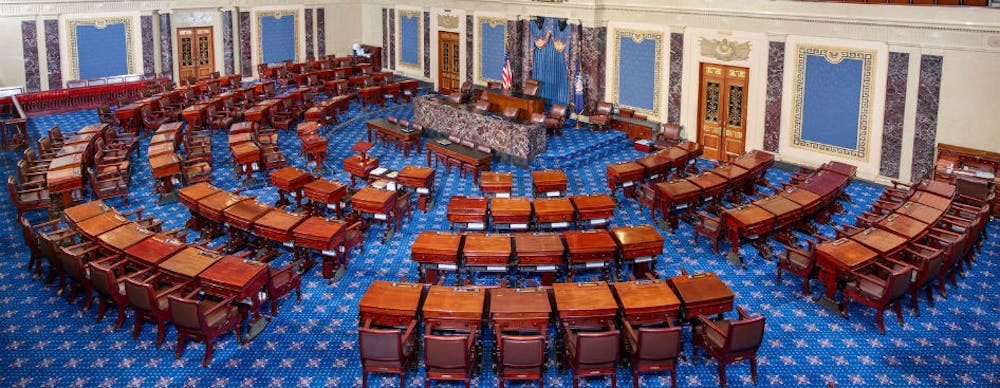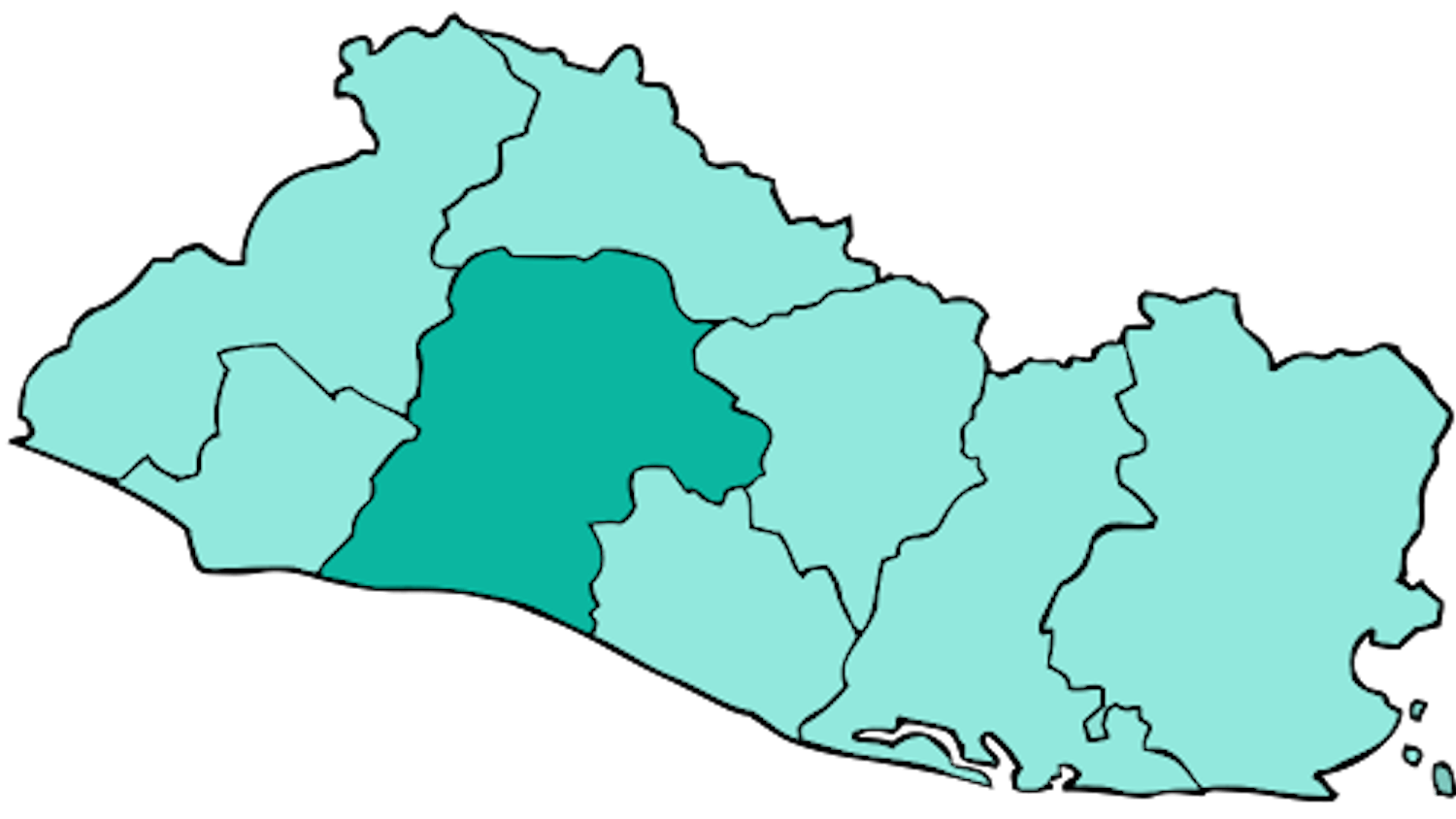By Shaim Akhtar
Staff Writer
After the summer recess, members of Congress have returned to deliberate and determine the methods of funding the government. Nevertheless, the political divide, with a Republican-majority House and a Democratic-majority Senate, has left the issue of financing the government in a precarious state, with the looming possibility of a government shutdown if a resolution on government spending is not reached.
A government shutdown can occur when Congress fails to pass all 12 annual appropriation bills, which are bills that allow the allocation of spending to various government sectors such as agriculture, commerce, military and transportation. If Congress does not pass all 12 bills, it can lead to furloughs for many employees in non-essential government services, including those working for national park and food inspection agencies. Essential government service employees, such as law enforcement, will still be required to work but may not receive their wages until after the shutdown ends, as noted by The Brookings Institution.
In June 2023, Democrats and Republicans compromised to suspend the debt ceiling to prevent a default and potential recession by limiting government spending. Kevin McCarthy, Republican House Majority Speaker, now wants to limit government spending even more to appease the far-right side of his party and to keep his title. Democratic senators are unwilling to come to terms with far-right policies, which has ultimately led both parties to seek a continuing resolution.
A continuing resolution aims to avoid a government shutdown by temporarily extending funding for government agencies until lawmakers can find a solution in the next month, according to the AP.
To further gain approval of the far-right, McCarthy hopes to investigate President Joe Biden's connection to Hunter Biden’s alleged illegal business dealings in Eastern Europe. As a result, McCarthy, as reported by the New York Times, attempted to persuade the far-right to avoid a government shutdown by adding a potential impeachment trial for President Joe Biden, stating, “if we shut down, all the government shuts down — investigation and everything else.”
McCarthy’s impeachment efforts may not gain the support of a Democratic majority Senate, as they are unlikely to support the appropriation bills if there’s a potential impeachment trial for their party leader. Additionally, Democrats will unlikely compromise with far-right spending policies that could reduce funding for agencies supported by the Democratic base, including the Environmental Protection Agency and Department of Transportation.
The deadline to approve all 12 annual appropriation bills is Sept. 30. Nonetheless, a Democratic-majority Senate and Republican-majority House divided over impeachment and far-right spending policies are not likely to reach an immediate compromise. Hence, both political parties are focused on a continuing resolution.
The most recent government shutdown occurred from Dec. 22, 2018 to Jan. 25, 2019, under the reverse situation, with a Democratic-majority House and a Republican-majority Senate. The 2018 government shutdown was the longest in the country's history and had multiple consequences on the economy. For example, the real gross domestic product (GDP), which measures a country's growth, was $8 billion lower than what was projected in Q1 of 2019 due to the five-week partial shutdown and the subsequent economic activity, according to the Congressional Budget Office. The shutdown was resolved after both political parties agreed not to allocate funding for the border wall with Mexico.
The current political landscape in Congress, characterized by partisan divisions and financial concerns, raises significant uncertainties regarding government funding. As the deadline for passing appropriation bills approaches, the pursuit of practical solutions, such as a continuing resolution, becomes imperative to avert the consequences of a government shutdown and maintain essential services for the American people.







